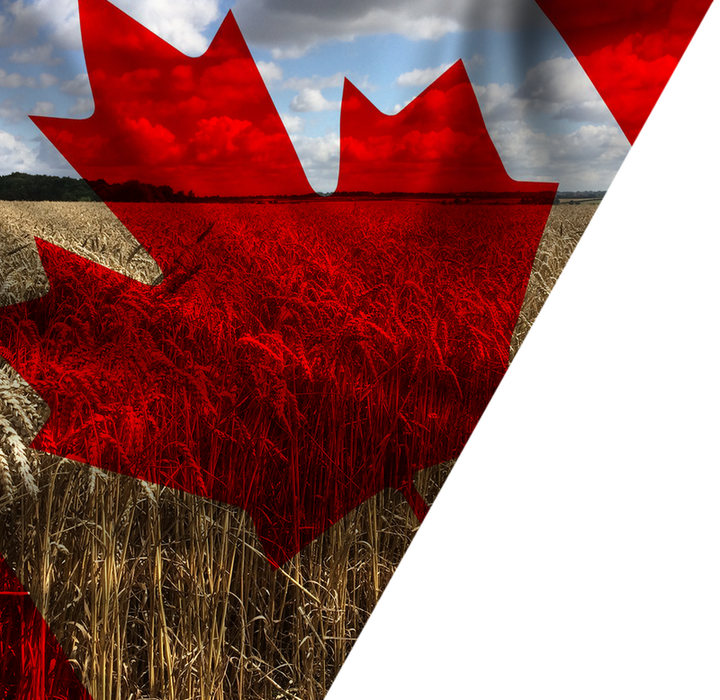



Taking a proactive approach to mycotoxin management in Canada
Dr. Alexandra Weaver
Mycotoxins are a regular concern for producers, as they influence feed quality and animal safety. They are produced by certain species of molds and can have toxic properties that impact ruminant health and performance.
Occurrence and concentration of mycotoxins is influenced by many factors, including drought, excess rainfall, very hot or very cool temperatures, pests and agronomic practices.
Canada has recently experienced many of these conditions, and its variable 2017 growing season caused increased mycotoxins in feed.
Ontario and Manitoba grains were hit hardest, showing the highest levels of deoxynivalenol (DON) and zearalenone (ZEA) along with the increased potential of fumonisins.
Although mycotoxins were first identified more than 50 years ago, they are gaining more attention because of changing agricultural practices, improved analytical technology, new scientific research and varying climate conditions.
They are seldom found in isolation, and when multiple mycotoxins are consumed, they may have additive — or even synergistic — interactions that increase the overall risk to performance and health.
As a result, a cow may have a stronger response than what would be expected if it was only experiencing a single mycotoxin challenge.



Download the full article